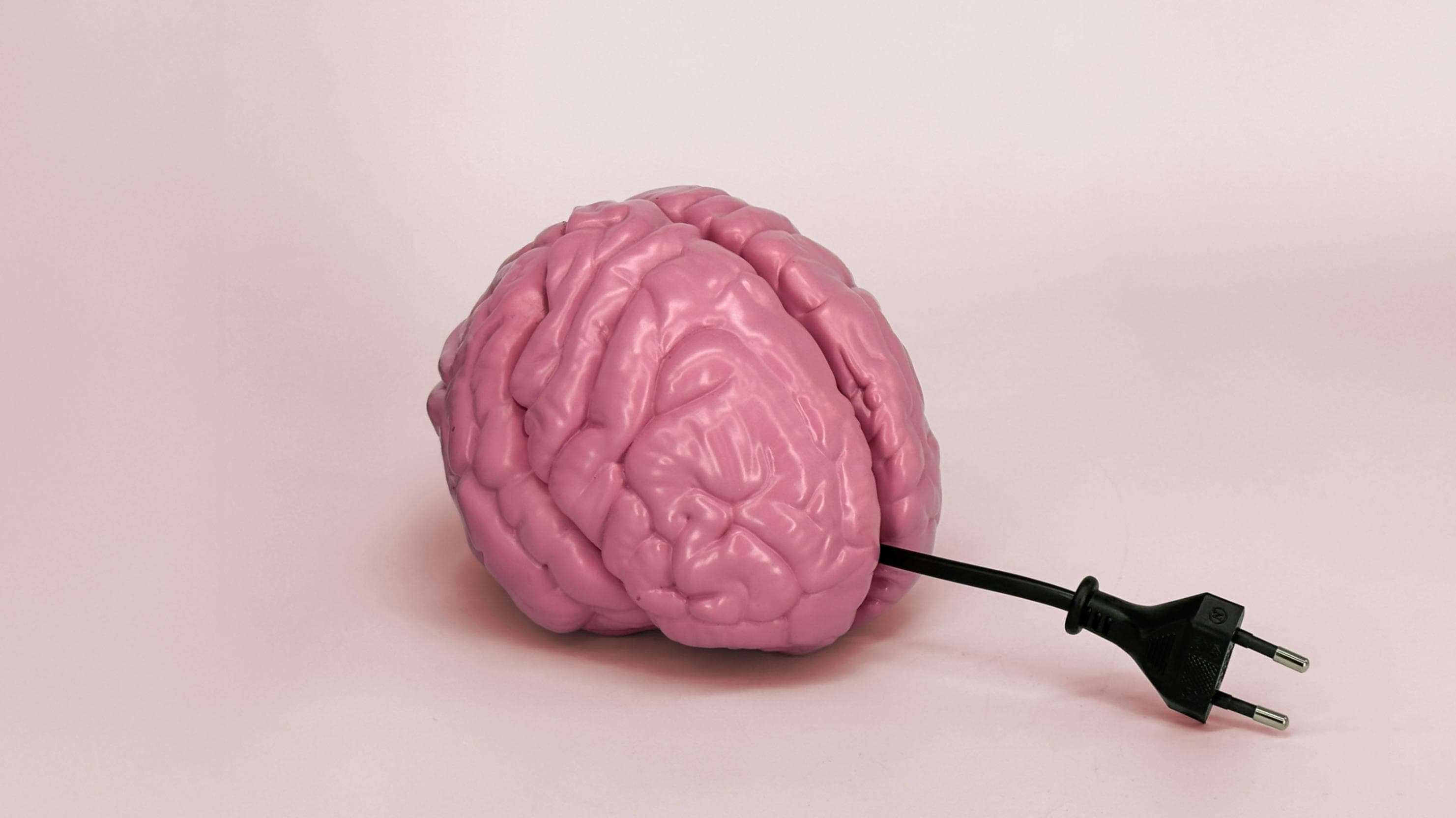
The Real Reason Neurodiverse Students Struggle—And It’s Not the Curriculum
What if we told you no amount of curriculum modification will help a neurodiverse student succeed—until we first rewire how we see them?
In classrooms across the country, neurodiversity is no longer an outlier. It’s central to the student experience. And yet, most school systems are still operating through a lens built for neurotypical development—treating differences in attention, emotion, and regulation as behavior problems, not brain-based differences.
At the heart of the problem is a critical misunderstanding: we’re trying to retrofit supports into a system that was never built to support neurodiverse learners in the first place.
We continue to treat academic struggles as the root issue. But academic performance is just the surface. For students with ADHD, autism, sensory processing differences, and other neurodivergent profiles, we must go deeper—to the foundational skills that make learning possible in the first place.
From the Classroom: My Turning Point
Early in my career, I taught a 4th grader who we will call Nicholas. By October, he had already been written off as “disruptive.” He couldn’t sit still. He’d blurt out answers. He’d get up and walk around the room mid-lesson. On paper, he looked like a behavior problem.
But something didn’t sit right with me. I remember watching him one day, fists clenched under the table, trying so hard not to speak out of turn that he was physically shaking. That was my turning point.
I realized that instruction wasn’t going to happen until I addressed the invisible battles happening inside him. I wasn’t trained in neurodiversity at the time. I didn’t have the terminology or the frameworks. I just knew I had to reach the child before I could reach the learner.
What I didn’t know then was that I was beginning to teach through a neurodiverse lens. Not because it was trendy or required, but because it was the only way to meet Nicholas where he was.
ADHD Isn’t Just About Focus—It’s About Readiness
ADHD is one of the most misunderstood neurodevelopmental conditions in schools. It’s often reduced to “can’t sit still” or “doesn’t pay attention.” But ADHD affects far more than behavior—it impacts executive functioning, emotional regulation, motivation, and even identity.
These students often lack the personal readiness skills necessary for academic engagement. These include:
Impulse control – the ability to pause before reacting
Emotional regulation – managing frustration, excitement, or rejection
Working memory – holding and using information in real time
Task initiation and completion – starting and finishing tasks independently
Cognitive flexibility – adapting to change or switching tasks
If we don’t ex
Read-Only
$3.99/month
- ✓ Unlimited article access
- ✓ Profile setup & commenting
- ✓ Newsletter
Essential
$6.99/month
- ✓ All Read-Only features
- ✓ Connect with subscribers
- ✓ Private messaging
- ✓ Access to CityGov AI
- ✓ 5 submissions, 2 publications
Premium
$9.99/month
- ✓ All Essential features
- 3 publications
- ✓ Library function access
- ✓ Spotlight feature
- ✓ Expert verification
- ✓ Early access to new features
More from 2 Topics
Explore related articles on similar topics





